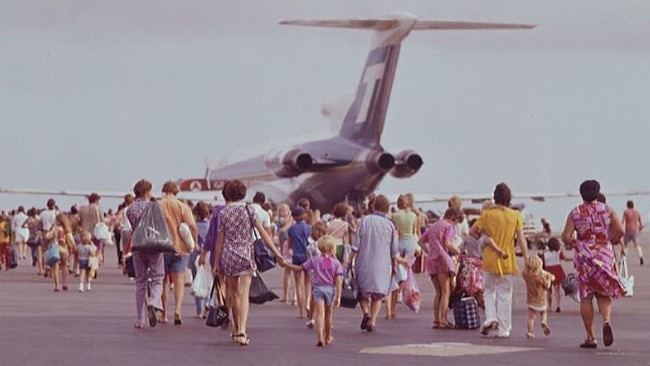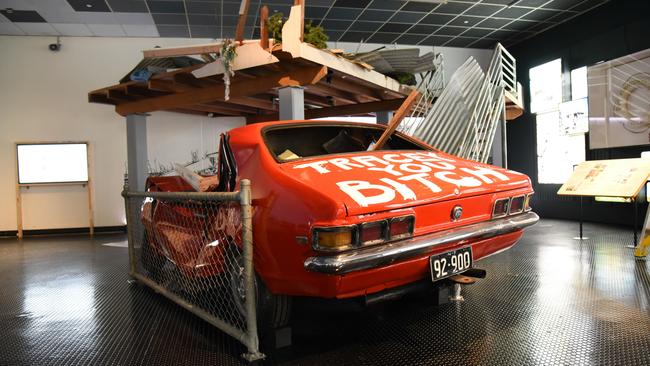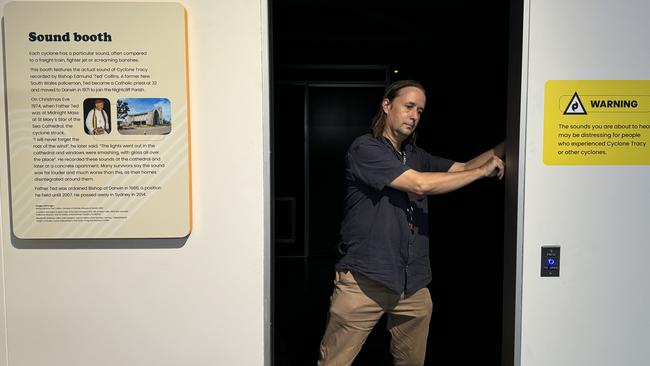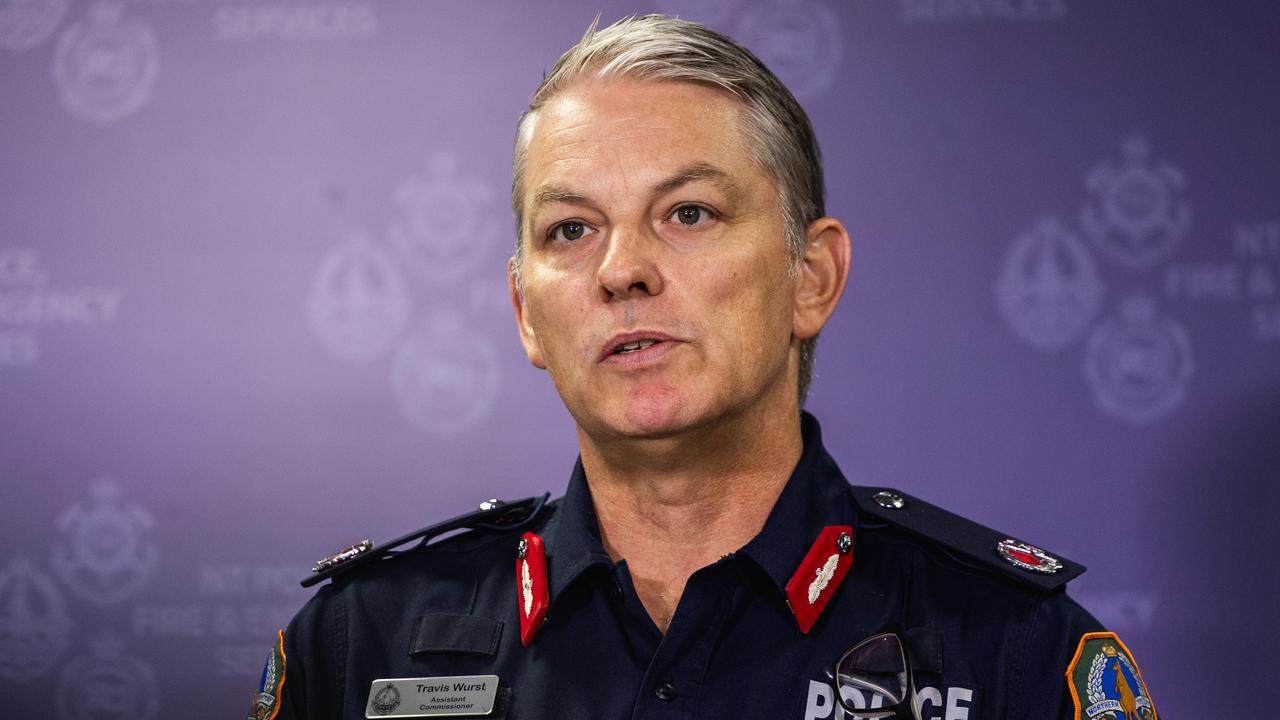Cunningham: Cyclone Tracy is a story of trauma and loss
Christmas has a special meaning in Darwin. Like anywhere else it’s a time to relax with family and friends, but it’s also a time to remember the day Darwin changed forever, writes Matt Cunningham.

News
Don't miss out on the headlines from News. Followed categories will be added to My News.
Christmas has a special meaning in Darwin. Like anywhere else it’s a time to relax with family and friends.
But it’s also a time to remember the day Darwin changed forever.
This year marks the 50th anniversary of Cyclone Tracy.
In the past couple of months, I’ve had the privilege of working on a special Sky News documentary to mark the occasion.
We’ve all seen the incredible pictures and film taken in the aftermath of Cyclone Tracy.
Most of us have probably even stood in the sound booth at the Museum and Art Gallery and listened to Bishop Ted Collins’ recording of the wind as Tracy ripped through Darwin.
We think we have some understanding of what the early hours of Christmas morning 1974 were like. In truth, unless you were there, you have no idea.
Listening to the stories of survivors it was clear how raw their trauma remains, even 50 years on.
For some, it took decades before they could even talk about the night Tracy’s terror was unleashed.

“I wake up every morning on Christmas morning, I’m awake during the night and wake again close to dawn, realising that I am still here,” Sharon McAlear said.
Sharon and her family had been living in Ludmilla when Tracy hit.
Just 12 years old, she remembers huddling in her family’s home as their neighbours’ house lifted up and crashed in their own. But like many survivors, it’s the wind she remembers most vividly.
“It’s just the howling and the darkness and feeling that when you open that door, should you live through this, whether you’re the only ones left,” she said.
Antony Bullock, also just 12 when Tracy struck, says he saw for the first time what death would look like.
![John Garner's crushed Holden Torana, emblazoned with the phrase 'Tracey [sic] You Bitch' became one of the defining images of Cyclone Tracy and its aftermath. Picture: Supplied](https://content.api.news/v3/images/bin/d72a599ed292519a025eae71316ae0c1?width=650)
He’d watched much of his house get blown away before his own eyes before spending six long hours with his mother, father and sister, huddled in the downstairs toilet.
“Mum just started praying. And I thought, I don’t know what to do. This was the first time in my life I actually thought what death could look like. This is what it’s going to be like,” he said.
Sixty-six people died during Cyclone Tracy.
That should never be forgotten.
But many of those who survived that night struggle to believe the death toll was not significantly higher.
What’s also overlooked is the emotional trauma Tracy inflicted on her survivors.
It’s a point not lost on Geoff Thompson, the doctor who led the Royal Australian Air Force’s incredible post-Tracy evacuation.

“For a doctor I guess the medicine might be described by other people as horrific but to me it was the unbelievable emotional trauma of the whole thing,” he said.
“People were confused and I think I said to somebody recently we had Aussie men racing up to one another in the street and giving one another an enormous hug and saying ‘Thank Christ you’re alive’.”
If a cyclone like Tracy struck today, hundreds of counsellors and psychologists would be engaged to help survivors deal with the trauma of their near-death experience.
In 1974, it was a case of ‘suck it up and get on with it’.
And that’s exactly what most of those left behind did.
From Tracy’s devastating ruins they rebuilt Darwin into the modern, vibrant city it is today.
One thing, however, has always been missing in that rebuild.

That will change this Christmas morning when a permanent memorial to Cyclone Tracy is unveiled at East Point.
It’s something that wouldn’t have happened without the tireless work of Richard Creswick and the Remembering Cyclone Tracy committee.
“People want some place where they can gather, think, contemplate, commemorate and just think about what Cyclone Tracy meant to them,” Creswick says.
Cyclone Tracy is a story of trauma and loss.
It’s also a story of mateship and compassion.
How a nation rallied behind the residents of a city that had lost everything.
But more than anything, Tracy is a story of resilience in a part of the world that has never been for the faint-hearted.
And that’s why the last word in this story belongs to survivor Alan Haines.
“I’m an optimist,” he said.
“And I’m perpetually surprised how this community has managed to deal with all of this and produce a place as bloody wonderful as it is.”



